This past summer I visited Toys R’ Us in Times Square with my family and was interested to see that they had a photographer at the entrance taking photos of families as they walked in. For what purpose you ask? Well, if you walk a little further inside the store there was a little booth, and you could see your photo (it is digital after all, and thus immediate) and have them print you a souvenir photo for if I recall correctly $20. That was the first time I had ever seen souvenir photos in a store. I suppose a store with its own ferris wheel inside could be considered a destination in and of itself, however.
In my experience, souvenir photos have primarilyy been for things like rollercoasters, where photos of people are automatically taken at the most terrifying spot on the ride. It’s not a photo you can take yourself, so they probably do pretty well selling those. I also recently saw souvenir photos at an aquarium. I guess any family-oriented destination could support such souvenirs, although if it’s just as easy to ask someone else to take your picture with the latest cell phone, then they probably don’t sell as many.
So what does any of this have to do with our grandparents and their social lives? While we can easily take pictures these days, back in our grandparent’s day it would have required carrying a big camera and flash, not something you’d want to do on a night out. Even if you did bring your camera, you probably couldn’t ask a waiter or waitress to snap a photo of you using your big bulky camera. Capitalizing on this fact, like the rollercoaster photos of today, nightclubs and restaurants would offer their own photographs as souvenirs. Either using their own staff, or with the help of a local photo studio, photographers would roam the club and take table photos.
I don’t know enough about these photos to know when the people at the table would get the photos, but considering the amount of time it took to develop the film, then make the prints, presumably these photos were mailed to the customers. The photos would be inserted into a folder with the name of the restaurant or club on the front. I’ve discovered several of these folders with photos of my grandparents, and perhaps I’m romanticizing the past but it sure looks like these clubs were much nicer and more fun than the places around today. I’m not going to post the photos here, but I am going to post the folder covers so you can see what these souvenir folders looked like. Arguably they were an art form onto themselves.
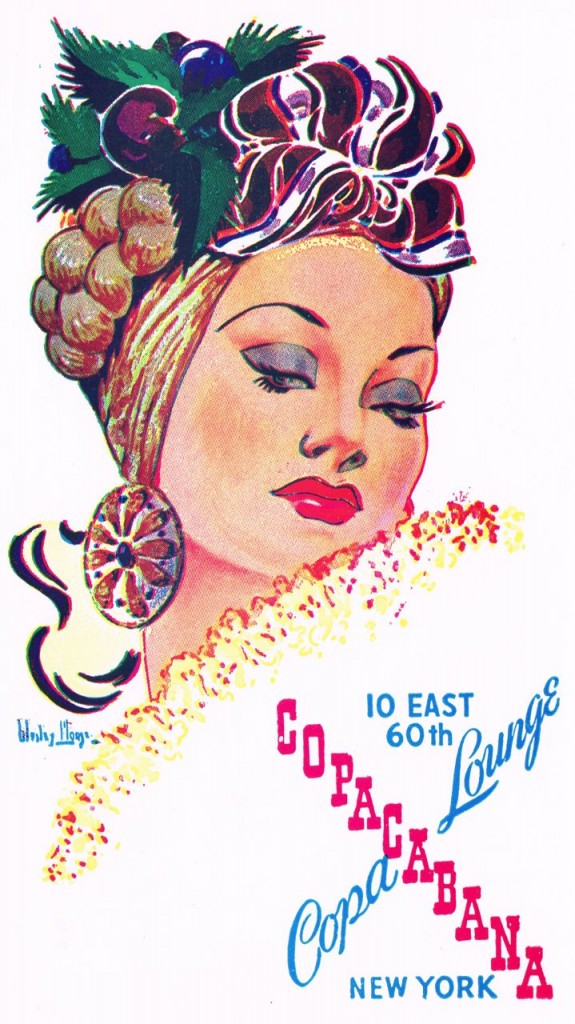
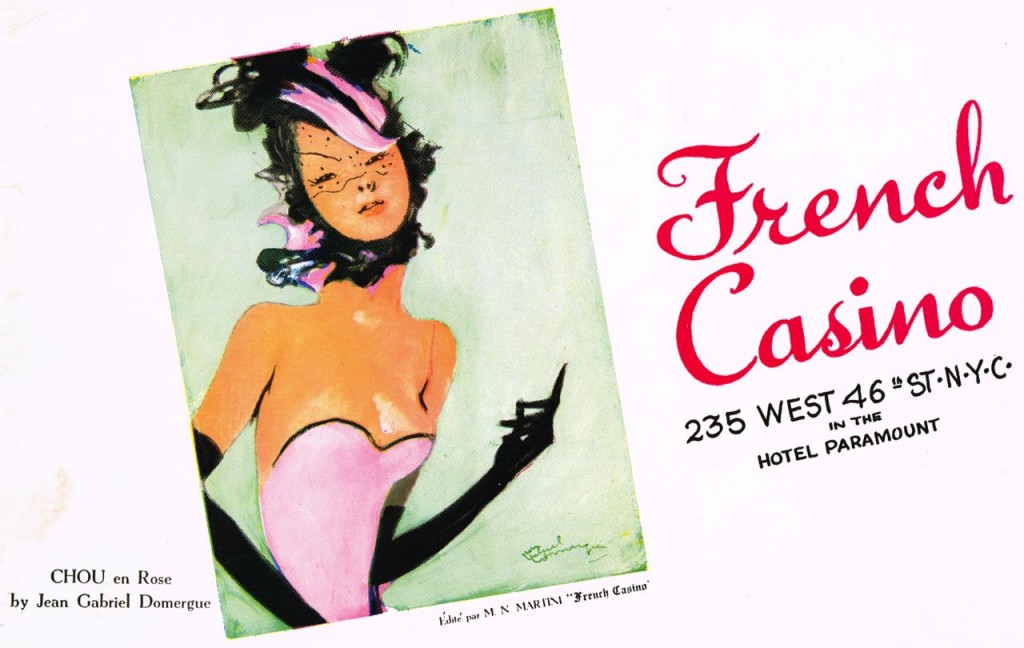
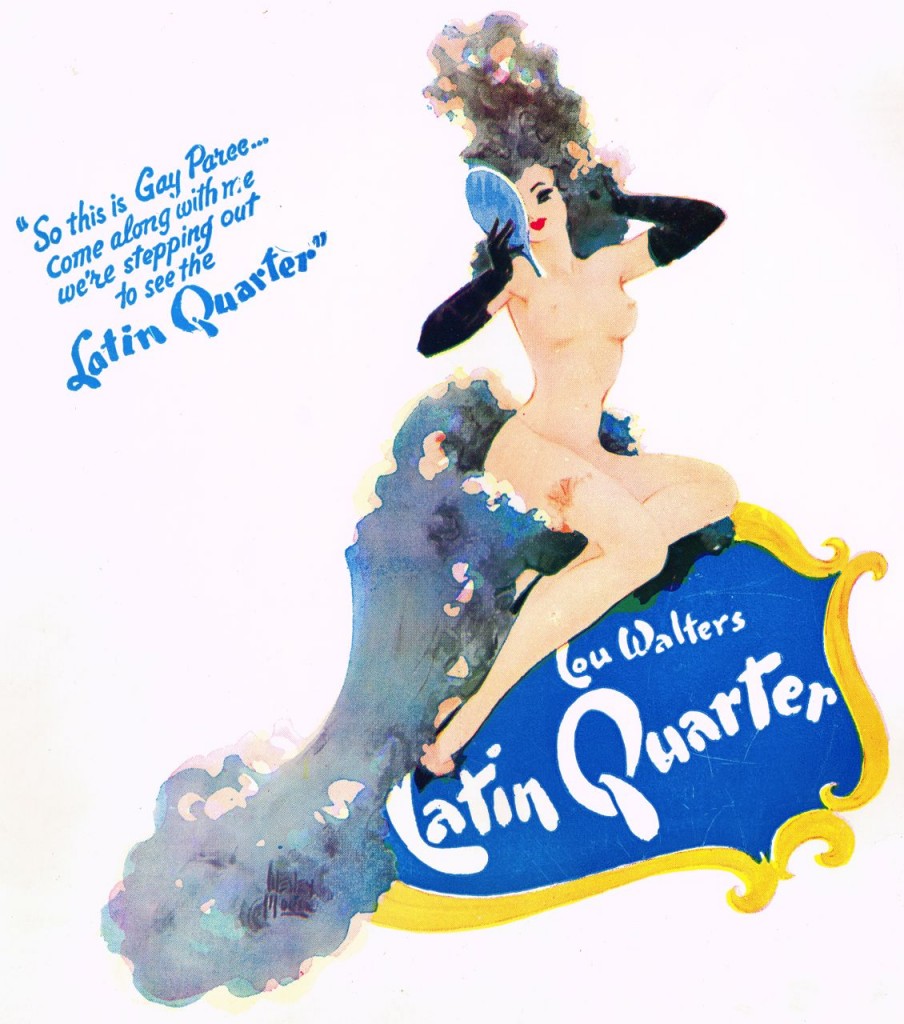
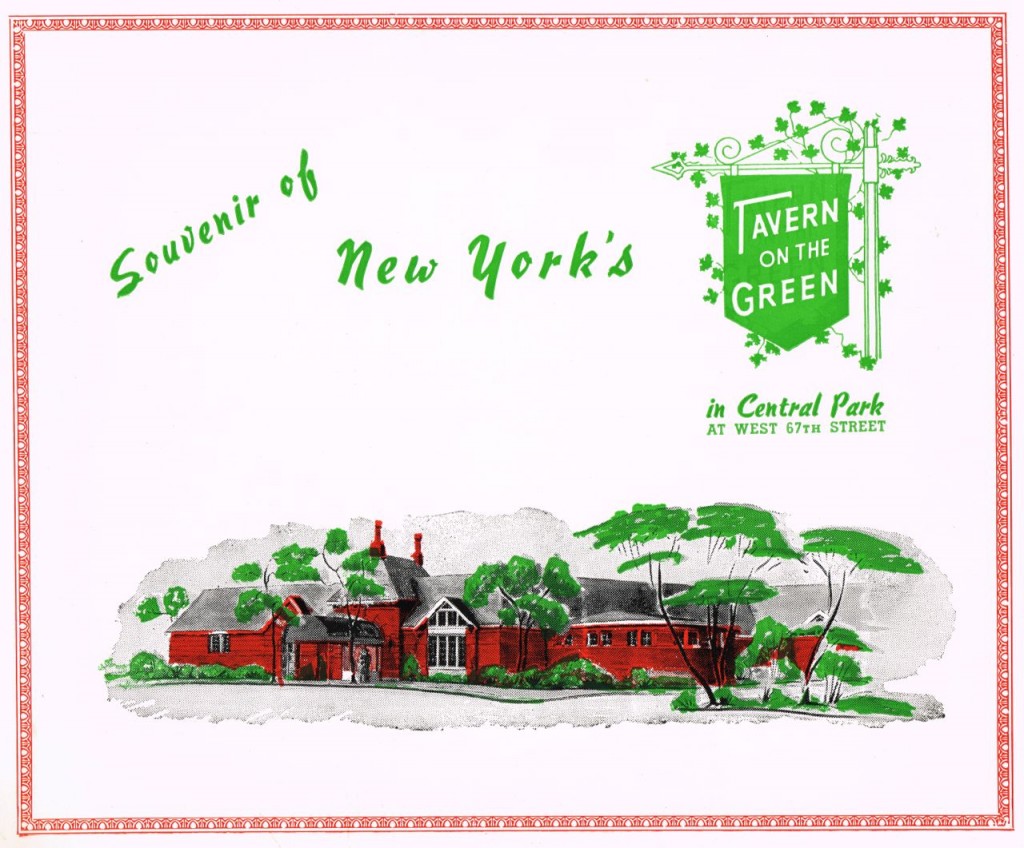
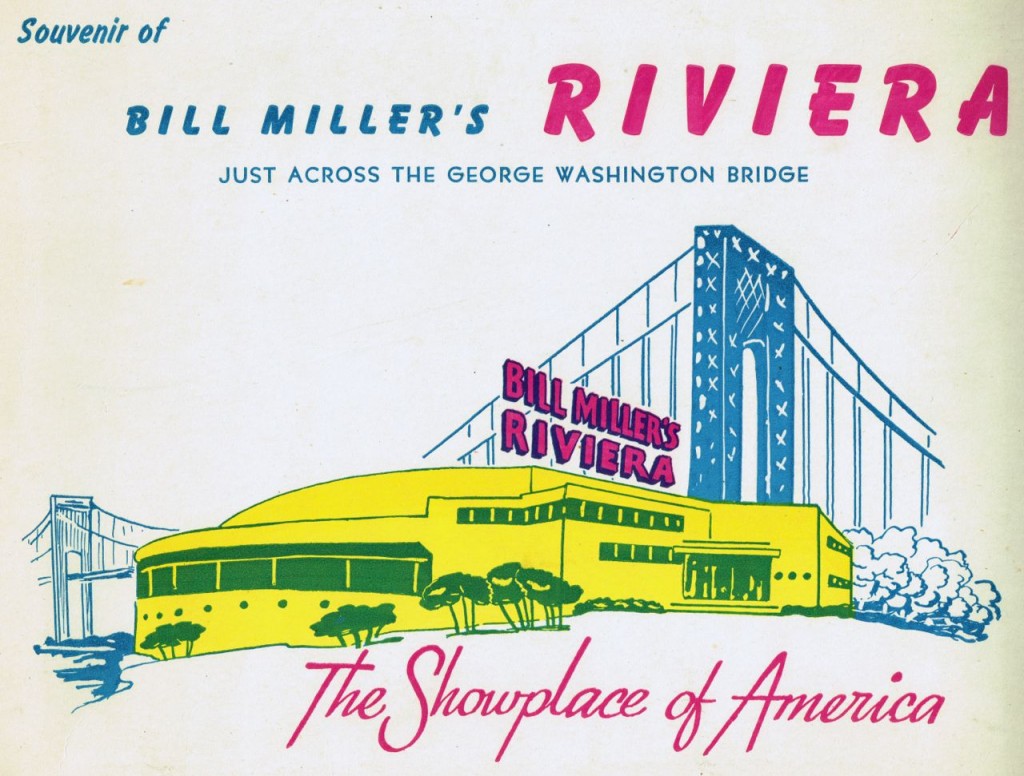
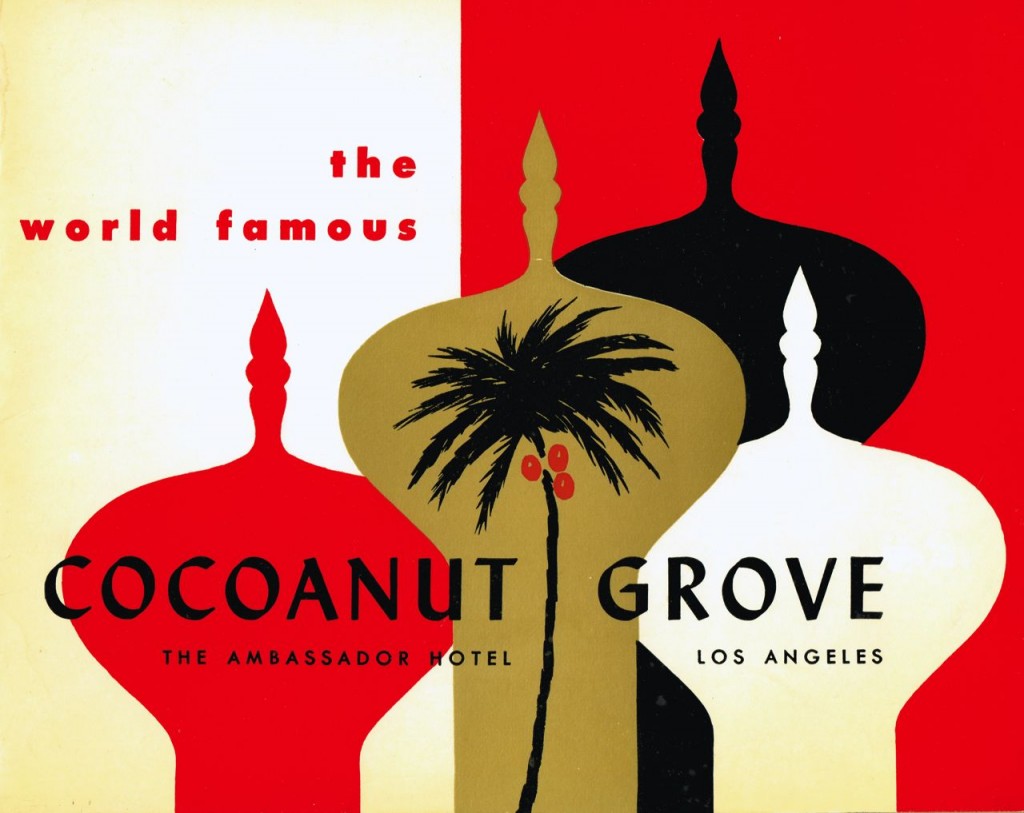
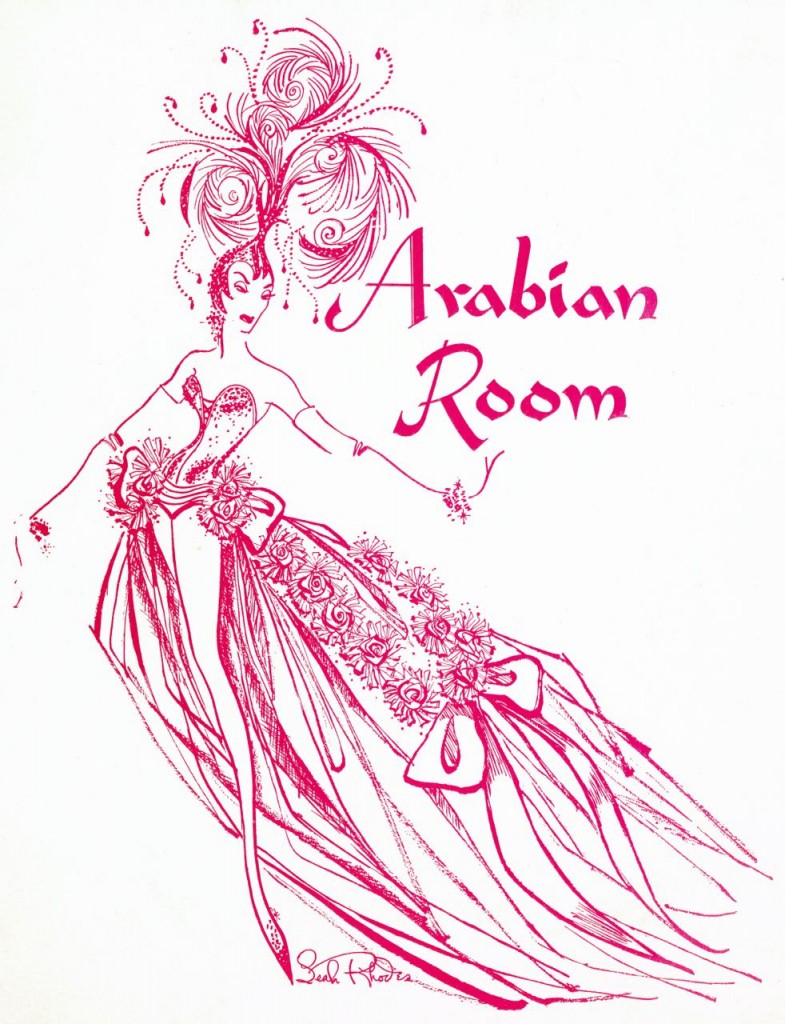
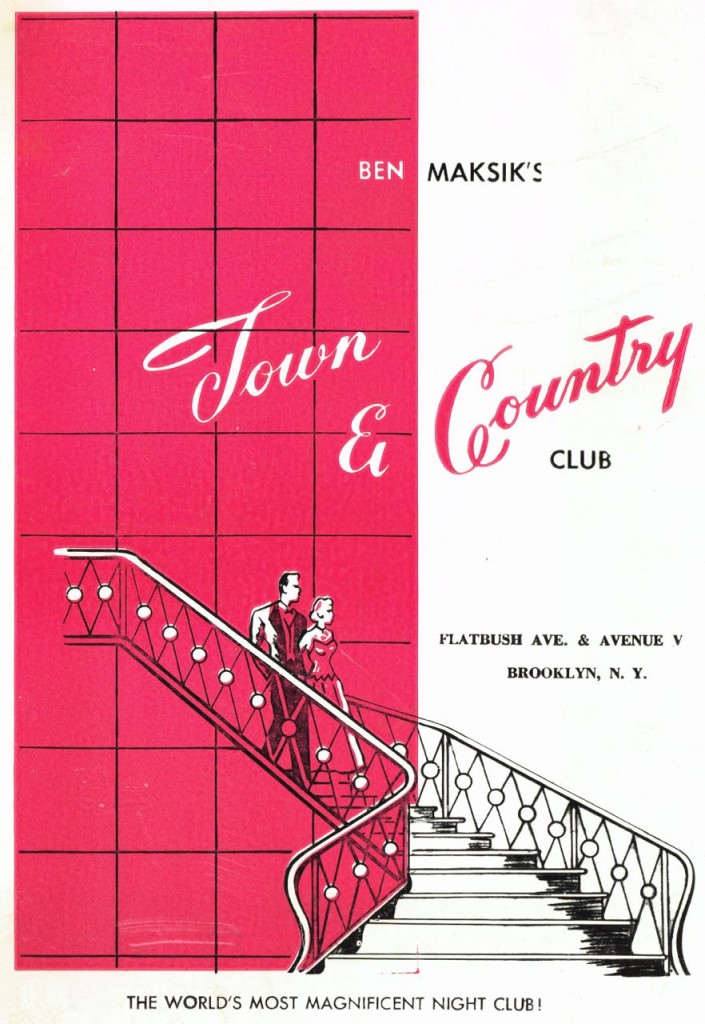
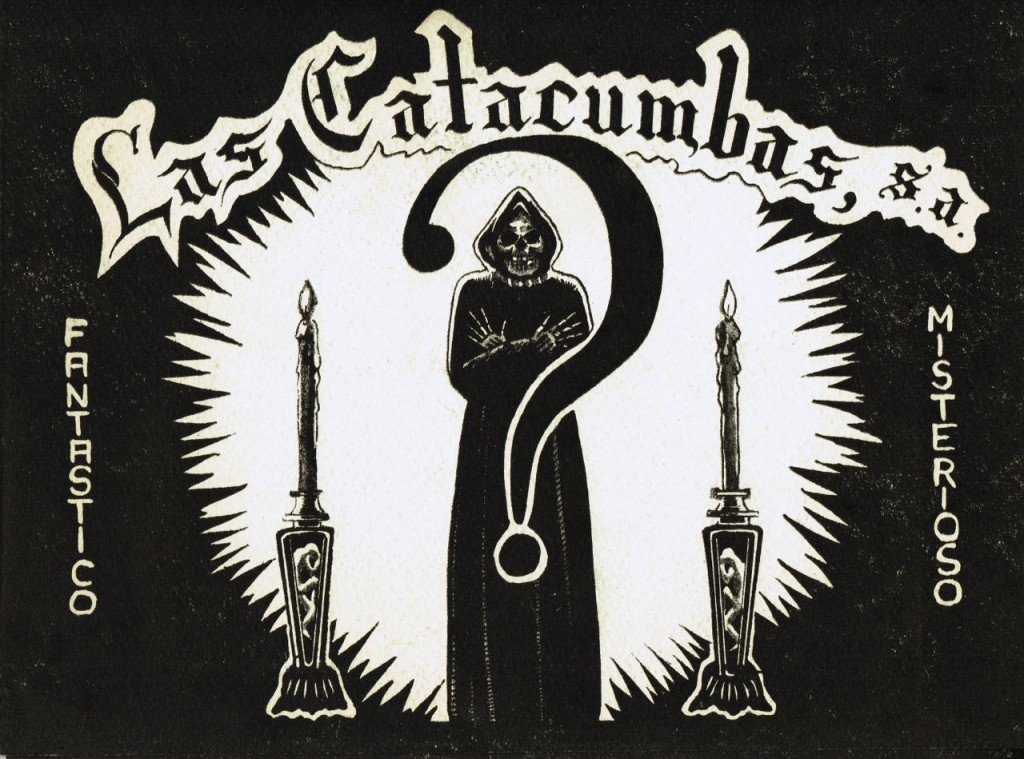
The Clubs
Of these clubs, certainly the Copacabana is the most famous. Some iteration of it still exists, although it has moved many times. Note the logo on the web site is identical to the image on the folder above. The location on the folder image is the original location where so many famous musicians performed.
The only other location that I know personally is Tavern on the Green, which is also the only place I’ve been to myself. Tavern on the Green went bankrupt a few years ago, although it is coming back apparently.
Lou Walters, listed as the proprietor of the Latin Quarter, was none other than the father of journalist Barbara Walters. He founded the club in 1942, and eventually left the business in the 1950s. Like the Copacabana it hosted some of the most famous entertainers of its day (and was a major competitor of the Copacabana). In 1989 the building was torn town to make way for a hotel. Oddly enough I lived down the block from a later iteration of the club, which was on Broadway near the corner of 96th St. I remember the noise well, although I had no idea at the time that the club was the continuation of a famous nightclub started in the 1940s.
Bill Miller’s Riviera was a club bought by Bill Miller in 1945, and which existed until 1953 when it was demolished to make way for the Palisades Parkway. Bill Miller apparently stole talent from the Copacabana by paying them significantly more. After the Rivera closed, Miller moved to Vegas where he managed talent at several casinos. Bill Miller’s daughter was none other than Judith Miller, the former NY Times reporter made famous going to jail for refusing to divulge a source connected to the Valerie Plame case. What is it with nightclub owners with journalist daughters? Bill Miller died in 2002 at the age of 98 – an obituary was published in the NY Times.
Briefly, Cocoanut Grove in the Ambassador Hotel existed until 2005. The hotel itself was famous for hosting several years of the Academy Awards, and infamous as the site of Robert F. Kennedy’s assassination.
French Casino in the Hotel Paramount was perhaps named after a very famous club that had previously been open only a few years in the 1930s. A write-up found in the Fulton History newspaper collection gives you an idea about the older club with the name. The later incarnation, of which this souvenir folder came from, was apparently opened by a Syrian refugee Nachat Martini, who got started in Paris opening cabarets and opened many in Paris before coming to New York. I haven’t found a ton of information about it, although I did find this program from a revue starring Sugar Ray Robinson, who apparently went into show business after his boxing career, but only lasted a month at this club. In this article from 1952, it says the cabaret show used $140,000 in costumes designed in Paris (that’s over a million dollars today).
I couldn’t find the Arabian Room anywhere. Bill Maksik’s Town & Country was a famous club in Brooklyn. Billy Graham (the concert promoter, not the evangelist) worked there as a waiter before he became famous. Las Catacumbas was a club in Mexico City, which closed its doors in the 1990s, although I haven’t been able to find much about it except indirectly.
More About Souvenir Photo Folders
Looking around online, I see that you can find some of these folders for sale on eBay (like this, this, and this).
More interesting is a single woman’s collection that includes the folders and the photos that were inside them. The site is called Arkiva Tropika, and covers the collection of Mimi Payne. The collection is not just souvenir photos, but other paper ephemera, mostly focused on Polynesian-themes restaurants and the like. To see just the souvenir photos and their folders, follow this link.
Have you found souvenir photos in their folders among your family’s belongings? Did you ever go to any of these clubs? Comment below.